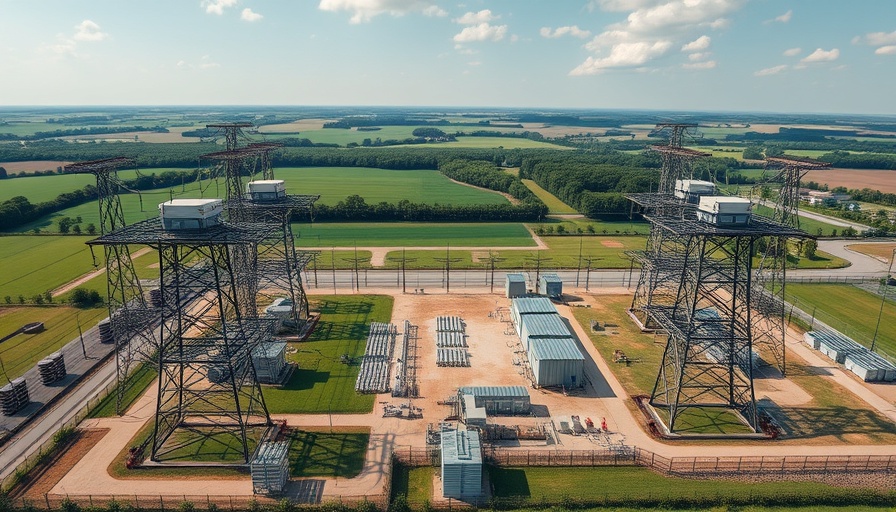
Envisioning a Textile Commons: What Could It Look Like?
The interview series by Lowimpact.org delves into a transformative concept — the establishment of a textile commons. This idea invites enthusiasts and practitioners of sustainable living to gather around a common goal: revamping the textile industry through collective resources and shared knowledge. Dave Darby speaks with innovators like Nick and Rosie from Fantasy Fibre Mill, who are working tirelessly to resurrect the flax and linen industry in Scotland. They emphasize that the key to a successful textile commons lies in collaboration and shared access, not merely individual ownership.
The Seeds of Change: How A Commons Could Transform Textile Production
One of the compelling points made by Rosie is the need for access to uncopyrighted flax seeds. Currently, obtaining these seeds can be a labyrinthine process, accompanied by licensing issues. By integrating commons resources, volunteers could cultivate a pool of heritage seeds, significantly streamlining material access. This process draws parallels with contemporary food networks that allocate common pool resources for grains, which has proven successful in local contexts like the South-West Grain Network.
Building Connections: The Social Fabric of the Commons
Nick underscores a critical viewpoint — that the commons concept extends beyond just managing resources; it embodies a social system rooted in communication, cooperation, and collective effort. Emphasizing this perspective is vital for young homeowners in urban spaces like London, who cherish eco-friendly practices. Such involvement promotes a sense of community that can last through generations, particularly relevant within their DIY projects and sustainable home improvements.
Bridging the Gap: Learning from Food Commons
The connection between textile and food commons opens avenues for collaboration. Zoe highlights how sharing seeds in the food sector can inspire similarly structured initiatives within textiles. For homeowners aiming to enhance their living spaces sustainably, the lessons from food networks could translate well, fostering a culture of shared resources where local artists and crafters come together in making local clothing and textiles.
A Call to Action: Your Role in Building a Textile Commons
As urban communities grow and adapt to the challenges of climate change, the potential for a textile commons becomes more relevant. Young homeowners with tech-savvy approaches to sustainability can not only benefit from this movement but also actively participate. Consider supporting local arts and crafts, promoting community engagement through workshops focused on textile production, or simply sharing knowledge about sustainable practices. With unified effort, Manchester can redefine its textile narrative while contributing to a greener, more sustainable future.
By engaging with and supporting these local initiatives, you are not just enhancing your home but also nurturing a thriving community. The future of textiles can be woven together with cooperative threads of opportunity, sustainability, and connection.
 Add Row
Add Row  Add
Add 




Write A Comment